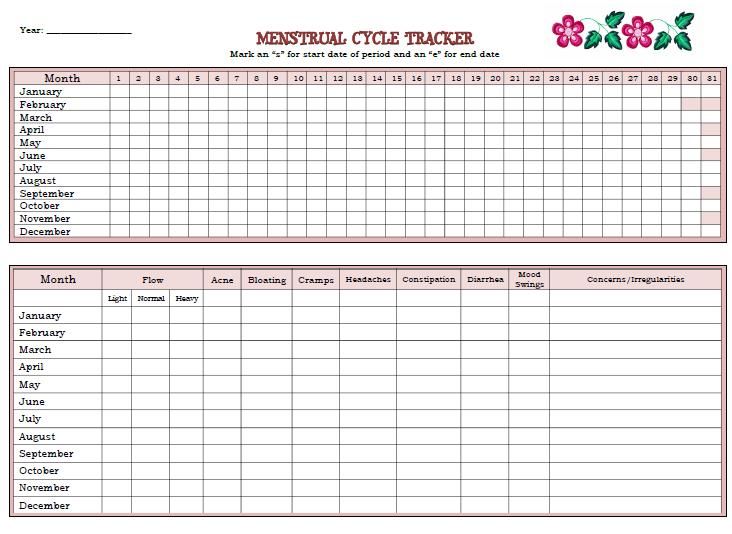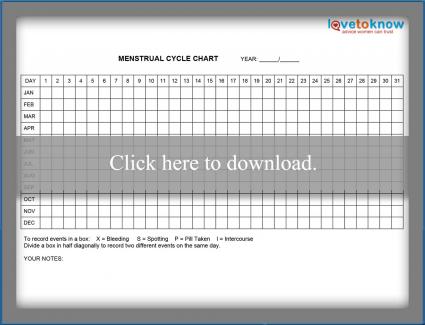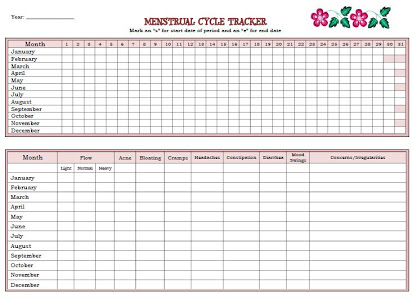
Mark the first day of your cycle along with the duration of your period. However, tracking your cycles will allow you to guess the approximate date and be less inclined to be taken by surprise. The menstrual cycle is understood as the days from the first day of a period to the first day of the following period. As long as your menstrual cycle becomes regular, it will be much easier for you to track your ovulation and determine which days are definitely the most fertile. To be aware of the best days to conceive, it is always good to understand what your menstrual cycle is. Your menstrual cycle can give you clues about how often your body is ready to begin the practice. To begin with, it is crucial to be familiar with your personal menstrual cycle.
BBT charts can be used to identify when and if ovulation is occurring. They are really available online. They can be useful when it comes to determining health problems. If you maintain a fertility picture, you can say a lot about what is happening with your whole body. A graph can become quite messy if there are a multitude of lines of different time frames scattered about it. Maintaining a graph and counting the number of days between each beginning of a period is a good way to control the cycle.
To increase your chances of pregnancy, you should have sex a few days before ovulation, in addition to the day of ovulation. If you make one page per day, at the beginning of the page you will have to memorize it completely and then review it the next day along with the new page. Just mark the first day of your cycle for a couple of months to find a notion of the amount of your cycle. 1 month could be day 12, and another month, it could be time 20. You have a window of 12 to 24 hours each month to receive your fertilized egg, it is very important to know the cycle of your body.
Until you start menstruating regularly, it will be difficult to know exactly once you have been ovulated, unless you start looking for different indications of ovulation. So the first indication of your ovulation has returned to you, the reappearance of your regular menstrual cycle, two or three weeks after ovulation. On average, this happens between 12 and 16 days after the first day of your last period. Progesterone is made of cholesterol. It is also fundamental for the normal function of practically all the organs and systems of the body.
At the end of two months, you will be in a position to determine the simple occurrence of your next cycle. The severity of the symptoms differs from one person to another, and in some cases they are mild and, in some cases, serious. Withdrawal symptoms could be divided into three main groups and would be incorporated into the return of the symptoms for which the drugs were taken from the first moment. The symptom of morning sickness is one of the most irritating signs of pregnancy. What is known so far about diseases related to the menstrual cycle is insufficient.
menstrual cycle chart printable

Printable Menstruation Cycle Tracker

menstrual cycle chart printable

Free printable menstrual cycle calendar
